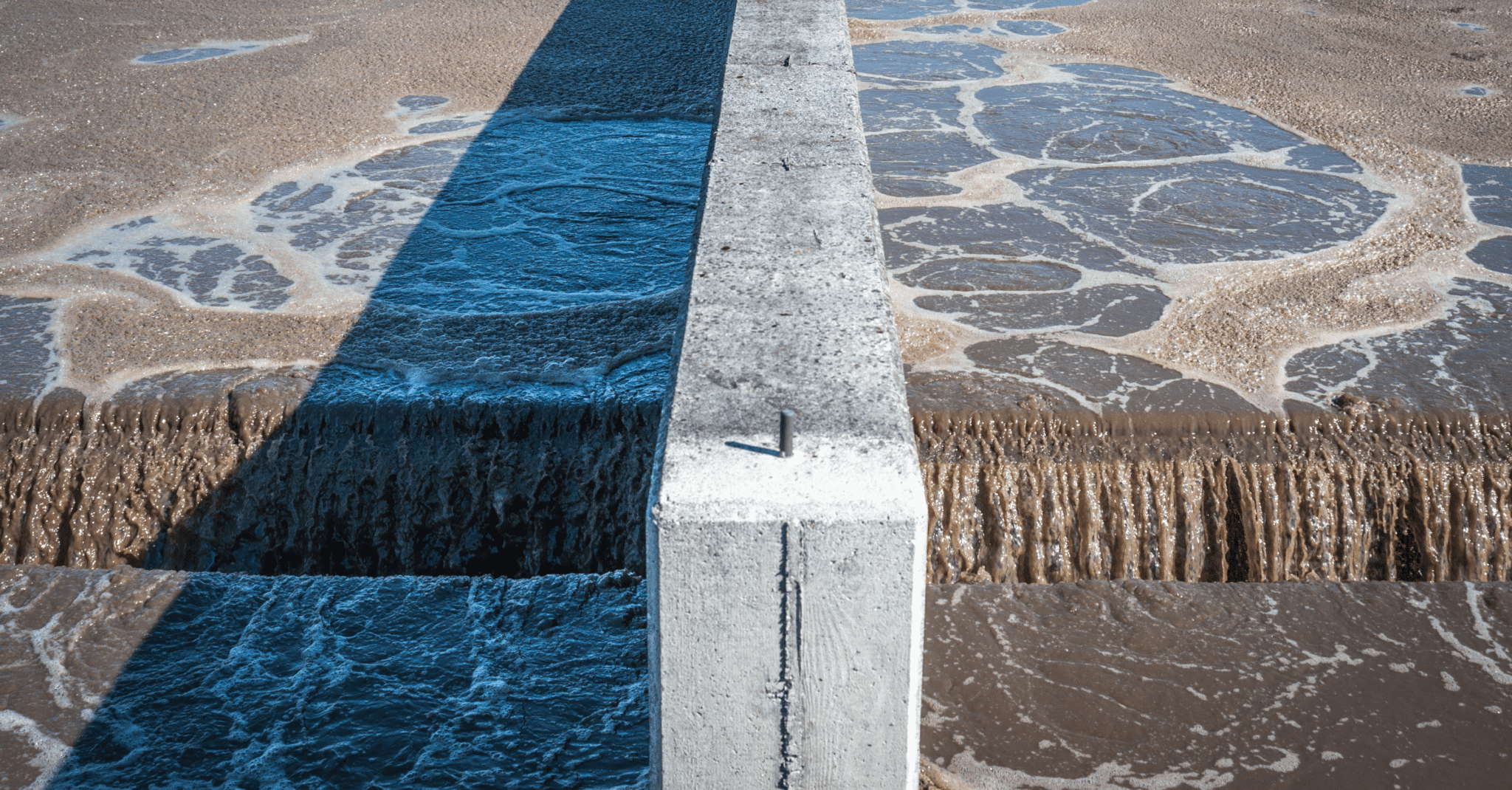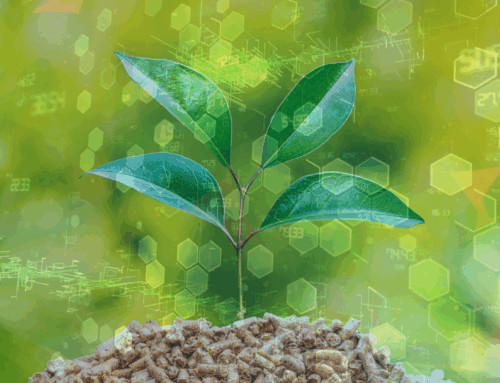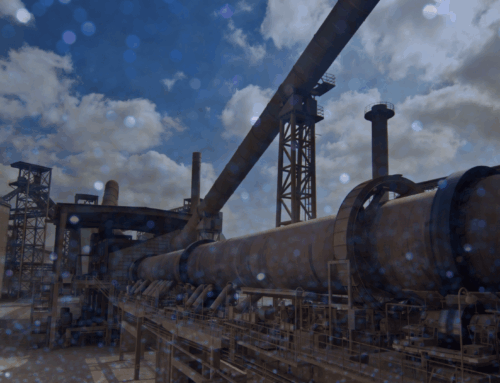Water is life. Water covers 71% of the Earth and represents 60% of the human body. We use it daily to drink and bathe and behind the scenes to grow our food and produce goods. Therefore, we need water as an input, and we also need to treat water once used effectively. The United Nations, through UN Water, has created a target for wastewater treatment. “By 2030, improve water quality by reducing pollution, eliminating dumping and minimizing release of hazardous chemicals and materials, halving the proportion of untreated wastewater and substantially increasing recycling and safe reuse globally.”
To achieve this UN target, wastewater treatment sites and governments, consumers, and industries will play a key role. For wastewater treatment sites, factors are scale (i.e., the number) and quality (i.e., effective operations). In South Korea, for example, Statista estimates there were approximately 700 wastewater facilities in 2020. This figure represents around one wastewater treatment facility for every 73,000 people in Korea. Therefore, Korea has a robust wastewater infrastructure and wants to improve reliability and availability.
Looking to become smart plants, the Korean water and wastewater industry is implementing practical tools and strategies to implement data-informed decisions and actions. One example is a wastewater treatment facility in Gunsan, South Korea, implementing HanAra solutions.
Identified Challenges
Challenge 1: Site-Accessible Facility Data Only
With the legacy structure, on-site field members only had real-time and historical data access. Other organization members could only understand events or situations after the fact by reviewing logs or inspection reports. The lack of real-time access created unnecessary delays and did not allow for real-time monitoring of the site across the organization, further complicated by the fact that the site and headquarters are far from each other. With the legacy data-sharing limitations, the organization could not prevent accidents by continuously monitoring the process and facility status by outside Subject Matter Experts (SMEs).
Challenge 2: Limited Historical Data and Trending Capabilities
Beyond the access issues, the organization needed help analyzing the data, as they had to rely only on the HMI system. HMI-only access only meant the organization had limited historical data and visualization tools to understand past and current operations. As a result, not only did the organization have limited access to historical data, but it was also challenging to create visualizations to quickly identify trends or areas for improvement.
Challenge 3: Lack of Failure Management
A blower is a crucial piece of equipment in the wastewater treatment process. A blower blows compressed air into wastewater to promote the decomposition of pollutants. This process is energy intensive. The organization estimated that their blowers accounted for more than half of its electricity usage for this process. Not only are the blowers energy-intensive, but the blowers at this site also break down frequently. The site needed an effective way to manage the failures and efficiency.
During the winter, heavy snow blocked a blower, resulting in increased pressure that led to blower failure. Unfortunately, their existing control system did not generate any alarms, meaning the site was unaware of the situation. By knowing in advance of the blockage, the site could have easily removed the snow, saving them $6,000 in unnecessary maintenance costs.
Solution & Benefits
The site implemented HanPrism as its industrial big data platform and HanPHI as its predictive maintenance tool. HanPrism enables holistic facility data analysis and information sharing by integrating field data. And HanPHI plays a role in securing sufficient time to take action by quickly identifying even the most minor anomalies across the system.
Benefit 1: Real-Time Facility Status Monitoring and Data Sharing
After introducing HanAra’s data historian, the organization can check the facility’s status in real time at the site, headquarters, and off-site locations. In addition, with the use of web-based and mobile applications, operators reference process screens on the floor for an improved understanding of operations. This ease of access also translates organization-wide as key personnel monitor facility data, freely share it within teams, and improve the facility management process based on data.
Benefit 2: Advanced Data Analysis and Efficiency
With a data platform, the organization stores large amounts of historical equipment data and recalls past data quickly (more than one year of data in seconds). With HanPrism, members across the organization retrieve and analyze the desired data anytime, anywhere. In addition, the site created a dashboard to manage cost-related indicators to implement in their reduction plans. And to improve efficiency, the organization has automated report-related tasks, so they have more time to analyze the insights provided instead of manually creating the reports.
I am pleased with the improvement in work efficiency through the automation of report creation.
Director, Field Operations
Benefit 3: Loss Prevention through Anomaly Detection
HanAra’s predictive maintenance solution monitors the entire site 24/7 through a real-time health index to detect abnormal deviations in advance. By immediately tracking equipment abnormalities with just a few clicks in the office and headquarters, the site was able to reduce maintenance costs. For example, the site estimates already saving $30,000 in blower maintenance. Overall, the site has a better loss prevention program by improving the management of its core equipment, including blowers, and tracking activities for the cause of failure.
Next Steps
After introducing HanPrism and HanPHI, this wastewater treatment organization is improving its operation by increasing the use of data throughout. Contact us to learn more about how we transform our customer’s data into insights.
HanAra Success Stories
How One District Energy Organization Updated Their Data Historian
A case study in modernizing data historian infrastructure for enhanced monitoring, security, and future growth District energy systems are the backbone of efficient heating and cooling for campuses, downtown districts, and industrial complexes. But [...]
Beyond Reactive Maintenance: A Smarter Approach to Wind Farm Operations
Wind energy has established itself as a reliable renewable power source across the globe. But maintaining a fleet of turbines presents different challenges compared to traditional, centralized power generation facilities. Some of the operational [...]
Biomass Plant Enhances Operational Excellence with HanPrism
In the renewable energy sector, biomass facilities face increasingly complex operational challenges that require sophisticated data management solutions. For one facility, growing compliance requirements and the desire for operational improvement led them to seek [...]









